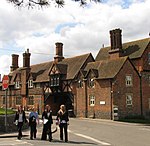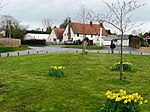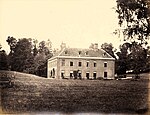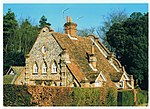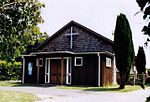St Andrew's School, Pangbourne
St Andrew's School is an independent preparatory school in the hamlet of Buckhold, near Pangbourne, Berkshire, England. Together with its 'Pre-Prep – Early Years' department, the school educates girls and boys aged between three and thirteen. In 2011, there were 266 children at the school, of whom 155 were boys and 111 were girls. The school has a Christian ethos, and its chapel services are reported to be "broadly Anglican in style". The most important religious event of the school year is the Advent Carol Service, which because of the numbers attending is held not at the school but in the larger chapel of nearby Bradfield College. Scholarships are awarded to some children above the age of eleven, based on merit. St Andrew's has a School Council to involve its children in decisions affecting them. In March 2011 an Independent Schools Inspectorate report endorsed the school's success.
Excerpt from the Wikipedia article St Andrew's School, Pangbourne (License: CC BY-SA 3.0, Authors).St Andrew's School, Pangbourne
M4,
Geographical coordinates (GPS) Address Nearby Places Show on map
Geographical coordinates (GPS)
| Latitude | Longitude |
|---|---|
| N 51.465634 ° | E -1.133214 ° |
Address
M4
RG7 6DD
England, United Kingdom
Open on Google Maps
